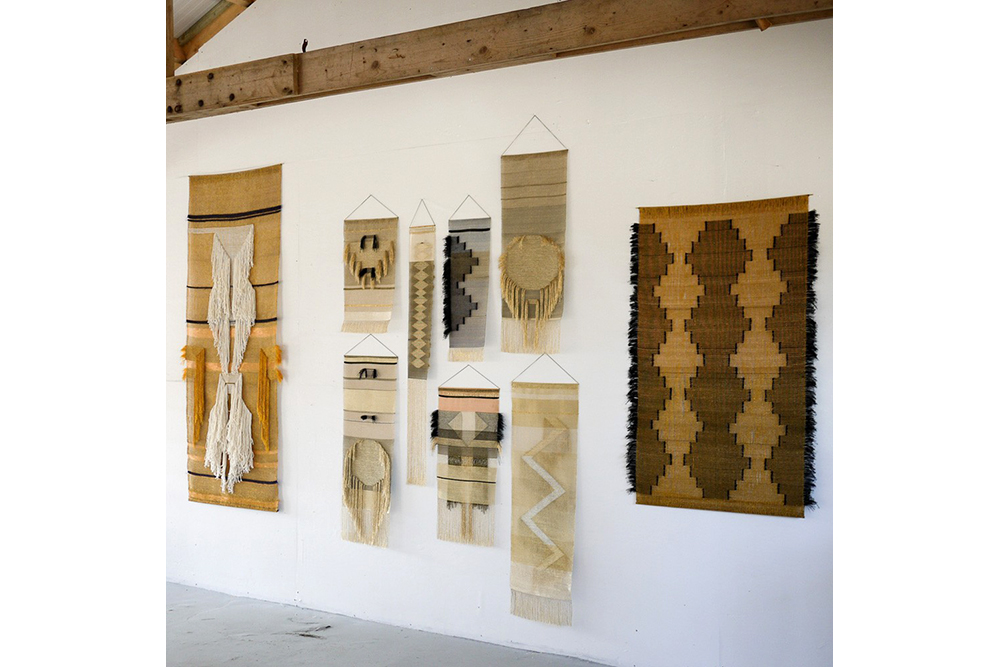
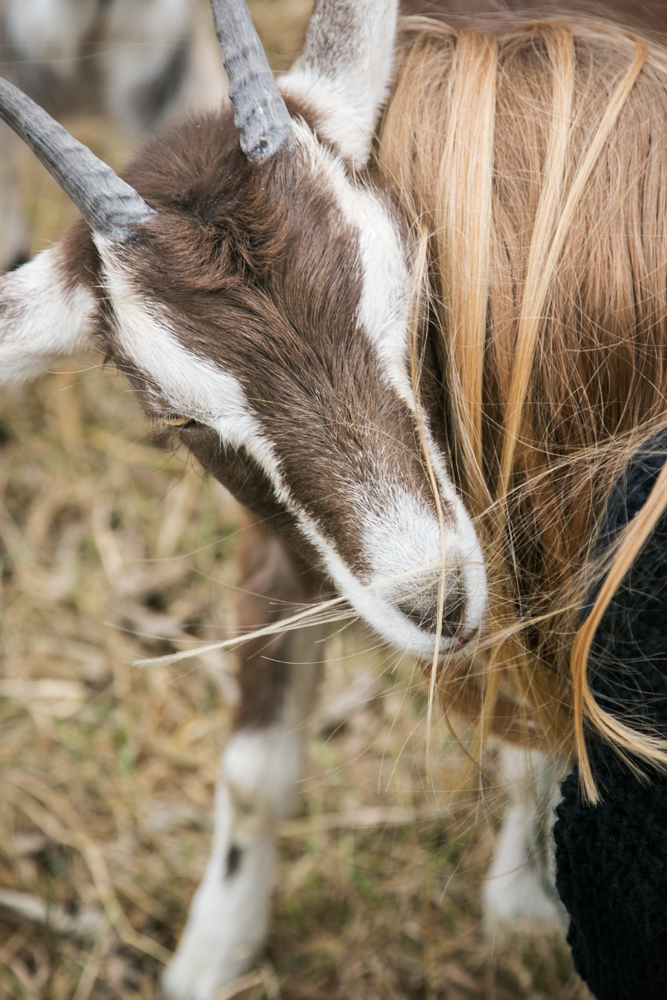


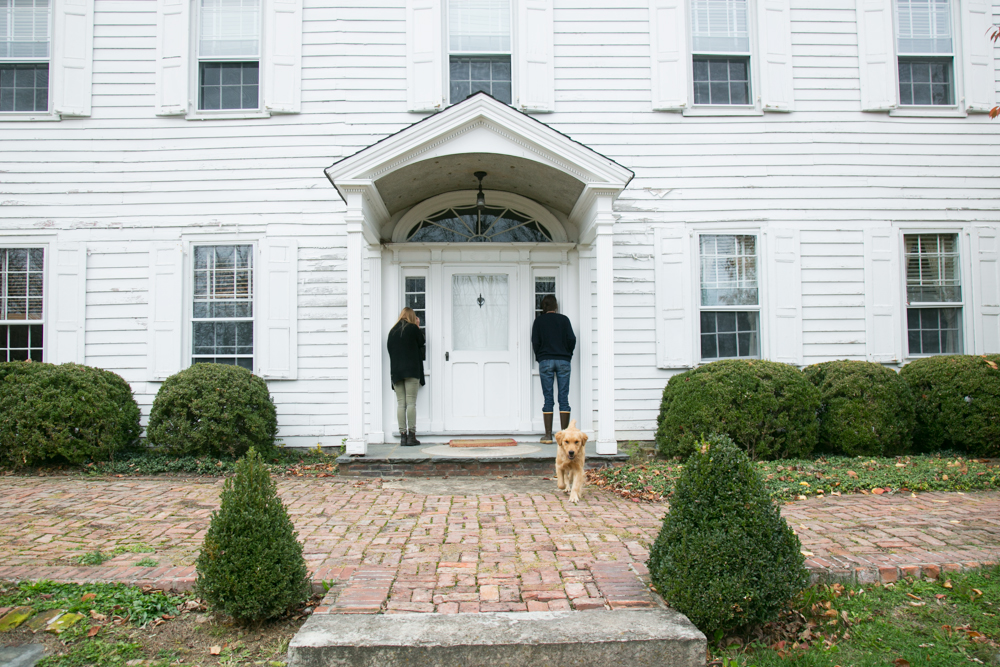
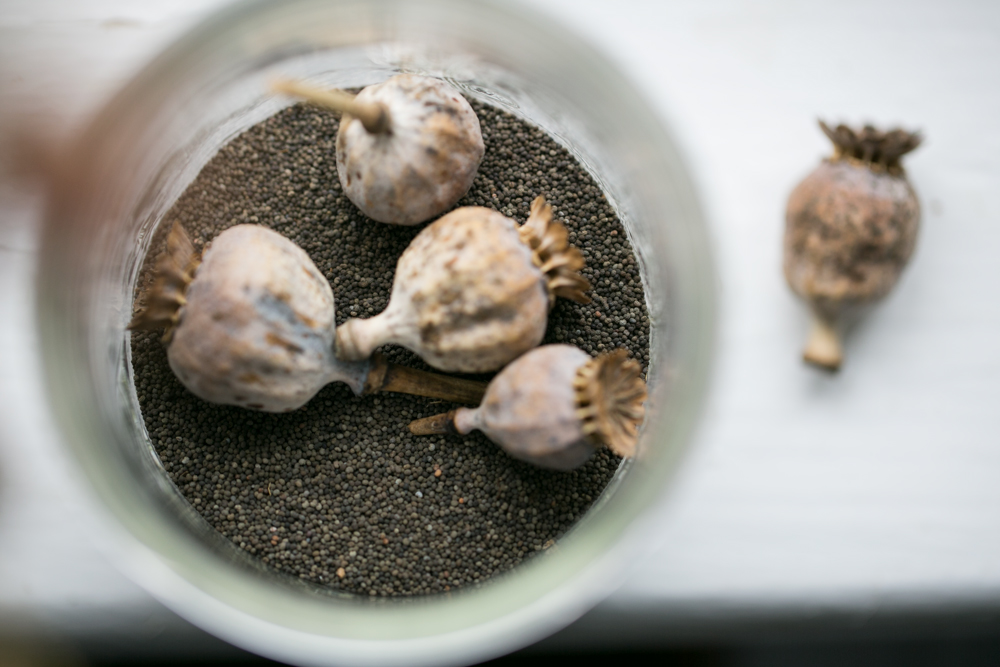

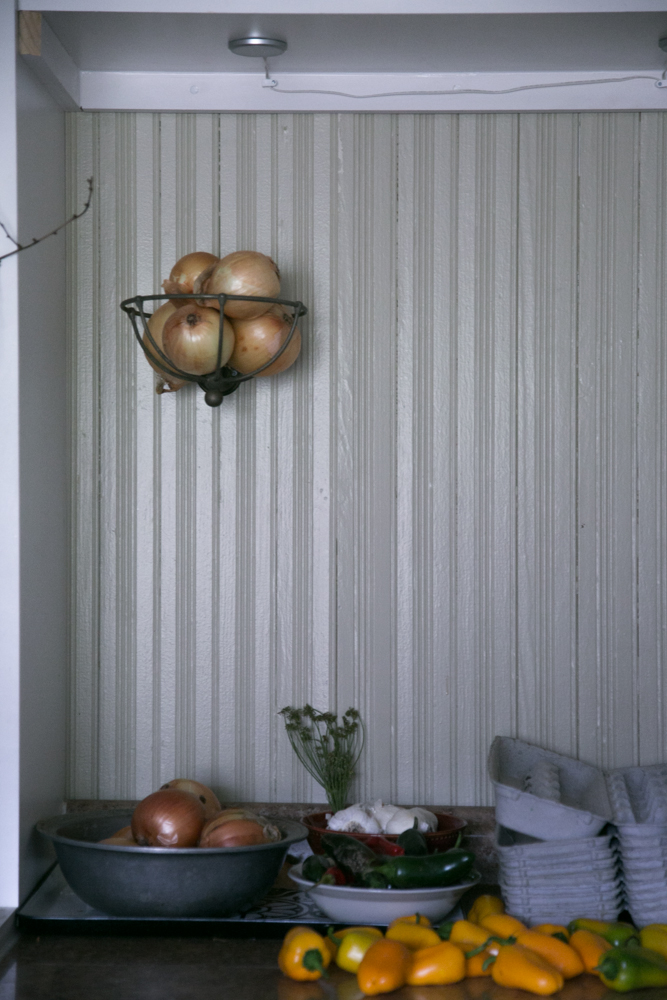

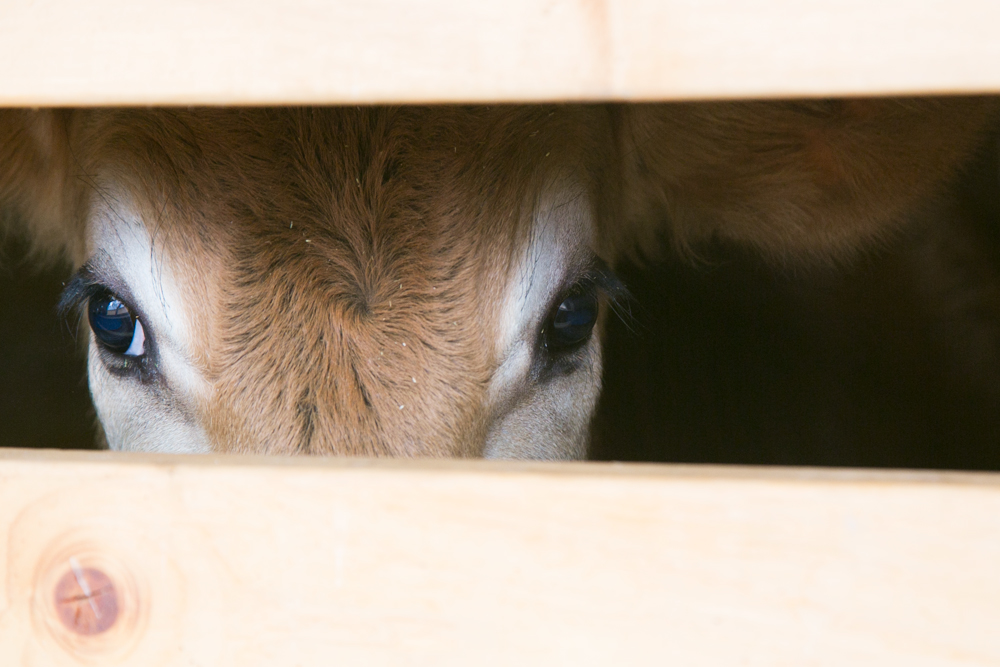







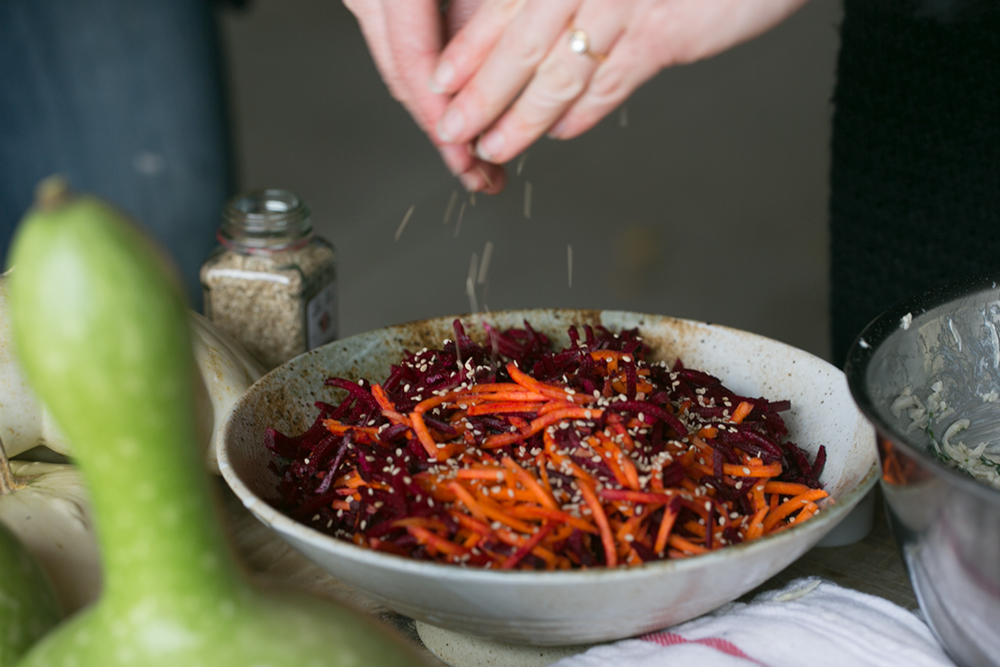

POSTED UNDER
- Dairy,
- Fall,
- side salad
INGREDIENTS
- celeriac,
- celery root,
- creme fraiche,
- parsley
NOTES
This is an indulgent approach to a raw root vegetable like celeriac, that is in itself quite earthy in flavor.
RECIPE
DIFFICULTY
EASY
SERVES
4
PREP TIME
10 MINS
Celeriac Salad
-
1wholeceleriac
-
1lemon
-
4tbscrème fraiche
-
2tbsdijon mustard
-
2tbshigh quality mayonnaise
-
flat leaf parsley, chopped
-
sea salt
-
cracked black pepper
POSTED UNDER
- Dairy,
- Fall,
- side salad
INGREDIENTS
- celeriac,
- celery root,
- creme fraiche,
- parsley
In 2008, my husband and I embarked on a cross country road trip we dubbed, “Operation Rainbow Tour.” Over the course of a month, we drove North from L.A. and across Canada, descending South along the East Coast to New York, where I would begin Graduate School. Along the way, we stopped at various galleries and artist-run spaces, where my project A Room – A Loom, a interactive weaving installation, would be shown. One of our first stops was a gallery called Cairo in Seattle. Justine Ashbee, artist, textile designer and occasional curator, was our host. Justine and I had not previously met, but she welcomed us into her home, cooked us a beautiful meal, and, she even performed an astrological reading. I was shocked at some of her insights into my character, my relationship, my family. I was less converted to the world of rising moons and stars than I was transfixed by Justine’s energy, her perceptiveness and intuition. We have since kept in touch over various social media outlets, only to meet again this past week in person, after 6 years. Justine is now the artist/entrepreneur behind Nativeline, a collection of fine metallic wall hangings that are essentially, jewelry for your home. These finely wrought, handmade pieces hover in the pleasing space between fine art and craft. Justine now lives in the countryside outside of London, and she herself weaves each and every one on a beautiful old floor loom. She sells these internationally and at some of my favorite local shops like Mociun (previously featured on SFP), The Future Perfect, and Beautiful Dreamers.
Justine came to town and I was determined to take the opportunity to make a salad together. But where to do it? She was staying with friends in Greenpoint, and her studio is located across the ocean. Alas, the perfect excuse for a mid-week road trip. Justine and I went to visit her friend, Quill, at Meadowburn Farms in Vernon, NJ. Quill is a pastry chef turned horticulturalist who became the caretaker of this historic vegetable and dairy farm after making the place the topic of her Master’s thesis in Public Horticulture. The 590-acre farm has been working since 1750, and is home to a herd of Jersey cows, a flock of chickens, some pigs, and two handsome but mischievous goats, whose only job is to munch away at the pesky poison ivy on the property (the most adorable form of herbicide). Meadowburn farm was the personal garden of Helen Rutherford Ely, the founding member of the Garden Club of America. Ely was essentially the first aristocratic woman to advocate that her peers get their hands dirty, take on the job of growing their gardens from start to finish (including the part where you spread manure, compost and all the rest of the decidedly unglamorous tasks).
Once Quill had received her M.S. from University of Delaware, she was hired to help restore and maintain the very gardens about which she had been writing. Now, her daily tasks include gardening, battling poison ivy, picking flowers, taking care of two golden retrievers, eating cheese, and occasionally making salad with friends – could be worse.
Justine Ashbee and Quill Teal in Their Own Words
Julia Sherman: Quill, what about historic farms and gardens inspires you?
Quill Teal-Sullivan: I love old things. I love to see how time and human use can shape a landscape. I am most interested in residential gardens, because there is an intimacy, something so personal about a landscape that someone creates around a home.
JS: How drastically has your cheese intake increased since working here?
QTS: I eat cheese all day every day, and surprisingly I have not tired of it. The Meadow Gold cheese, which is my personal favorite of the Meadowburn cheeses, is dangerous.
JS: Justine, where do you look for inspiration?
Justine Ashbee: Naturally occurring phenomenon on Earth. Ritualistic practices and ceremonial ornamentation. Ways that as communities, we seek contact and establish meaning in our lives in relation to the universe.
JS: You fell in love and moved to England from Seattle, how does the change in location affect your practice?
JA: This body of work and falling in love with my soon-to-be husband happened both at once. My fiancé gifted me a loom so that I could continue to work whilst I was back and forth between the U.S. and England. As a result, I shifted my work to focus more on the weaving.
JS: How would you describe the wall hangings? In my mind, they are jewelry for the home.
JA: I love that. They are born out of an appreciation and study for ceremonial and ritualistic ornamentation, so it only makes sense that they should feel that way.
JS: Are the wall hangings decor, fine art or craft? Does it matter?
JA: Both fine art and craft. I think that those concepts shift with temperament and merge with time. I definitely work through transmuting energy and meaning into each piece, and rely heavily on the formalisation of that process within the physicality of each piece.
JS: Has jewelry for the body always seemed like the obvious next step?
JA: It was a part of the original step, and will continue to be a part of the story.
JS: What food do you miss the most when you are in England?
JA: Mexican.





